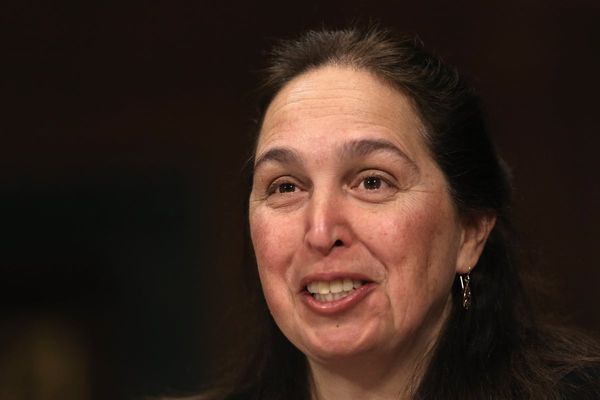
Good morning!
Partners are among the most senior-level roles at accounting firms and some of the highest paid. They've also historically been one of the least diverse ranks among the Big Four.
In 2020, KPMG announced plans to increase the overall representation of Black and Latinx employees by 50% in 2025. Three years in, the professional services firm has made progress. According to its latest impact plan, more than 50% of KPMG's new U.S. partners in its 2023 promotion class are from underrepresented groups.
For context, the company has over 39,000 employees, of which 2,300, or about 6%, are partners. This year also saw the largest representation of managing directors of color, particularly Asians and women of color, the company said, though it didn't break out the share of MDs. Combined, the representation of partners and MDs from underrepresented groups is 42.6%, up from 39.3% in 2020. That's a nearly three percentage point increase.
Elena Richards, KPMG’s chief diversity and inclusion officer, attributes the strides made to two strategies: providing sponsorship opportunities and prioritizing diversity in succession planning. Richards, who joined KPMG in 2020, says the company has become more intentional about encouraging sponsorship relationships throughout all levels of the firm, especially between its managing directors (the level before senior leadership) and partners.
“Sponsorship is not just around helping the individual get credentialed, getting them the right opportunities, or surrounded by the right individuals to help coach and sponsor,” she tells Fortune. “It's identifying the path, but also helping to ready the person in a multipronged approach.”
Not every managing director receives a sponsor. Richards says she and KPMG’s performance management leaders identify high-potential talent deserving of high-profile projects and exposure, allowing them to rise within the organization.
“Not everybody wants to go down that [partner] path, so you want to make sure you're identifying those individuals who want to move forward,” Richards says.
Regarding succession planning, she’s speaking with executives at the firm about potential leadership gaps they need to fill, what they view as critical roles, what succession looks like for those roles, and how to identify feeders for those roles.
Potential partner candidates can tend to get stuck in one part of the business and miss out on opportunities in other areas of the organization, even if they have transferable skills.
“[Succession planning] has been a huge investment of time but well worth it because now we have a broader view of talent across the organization—not people being siloed in their particular group,” says Richards. “We have a better view organizationally where we might have some great talent.”
Amber Burton
amber.burton@fortune.com
@amberbburton







